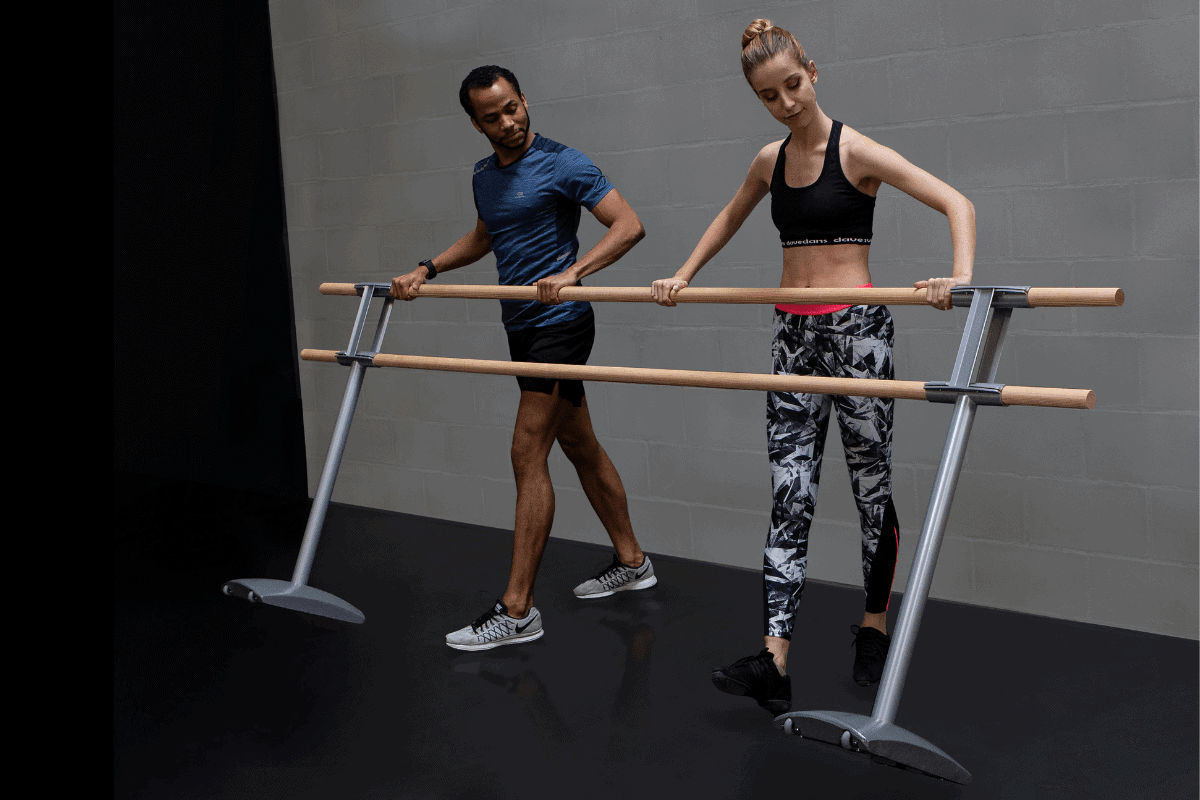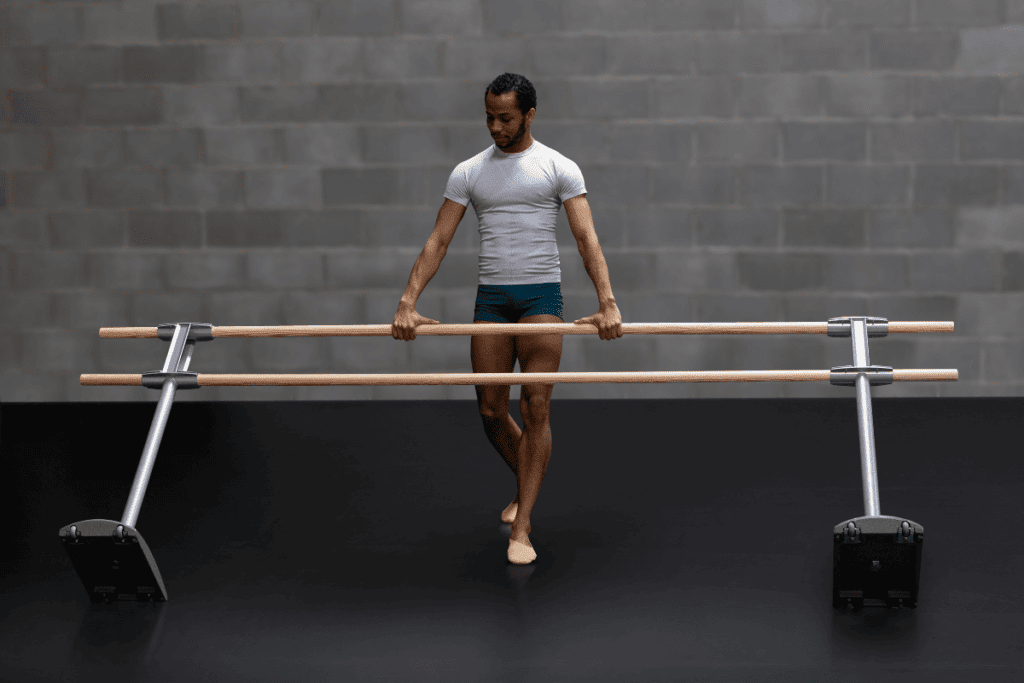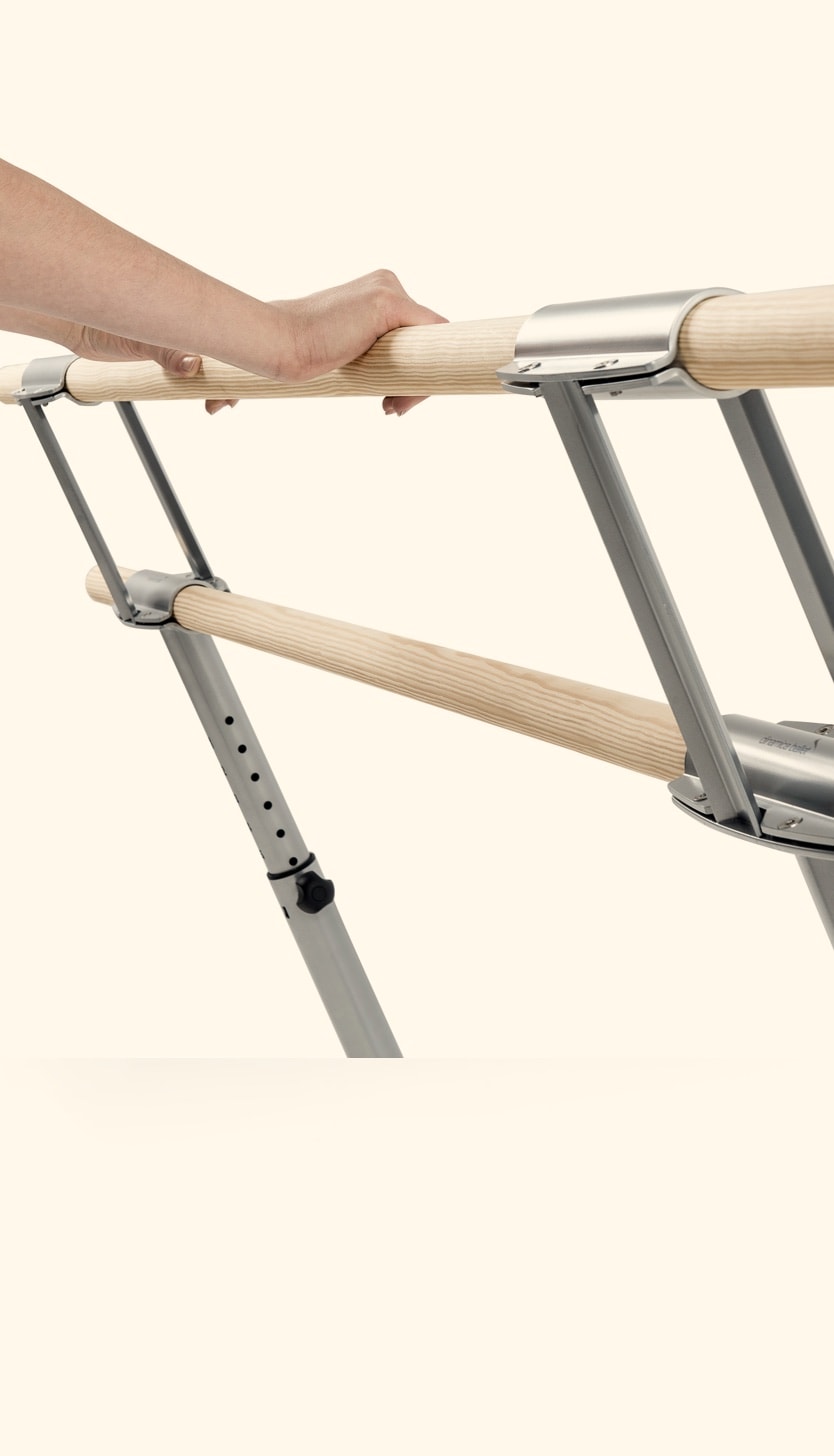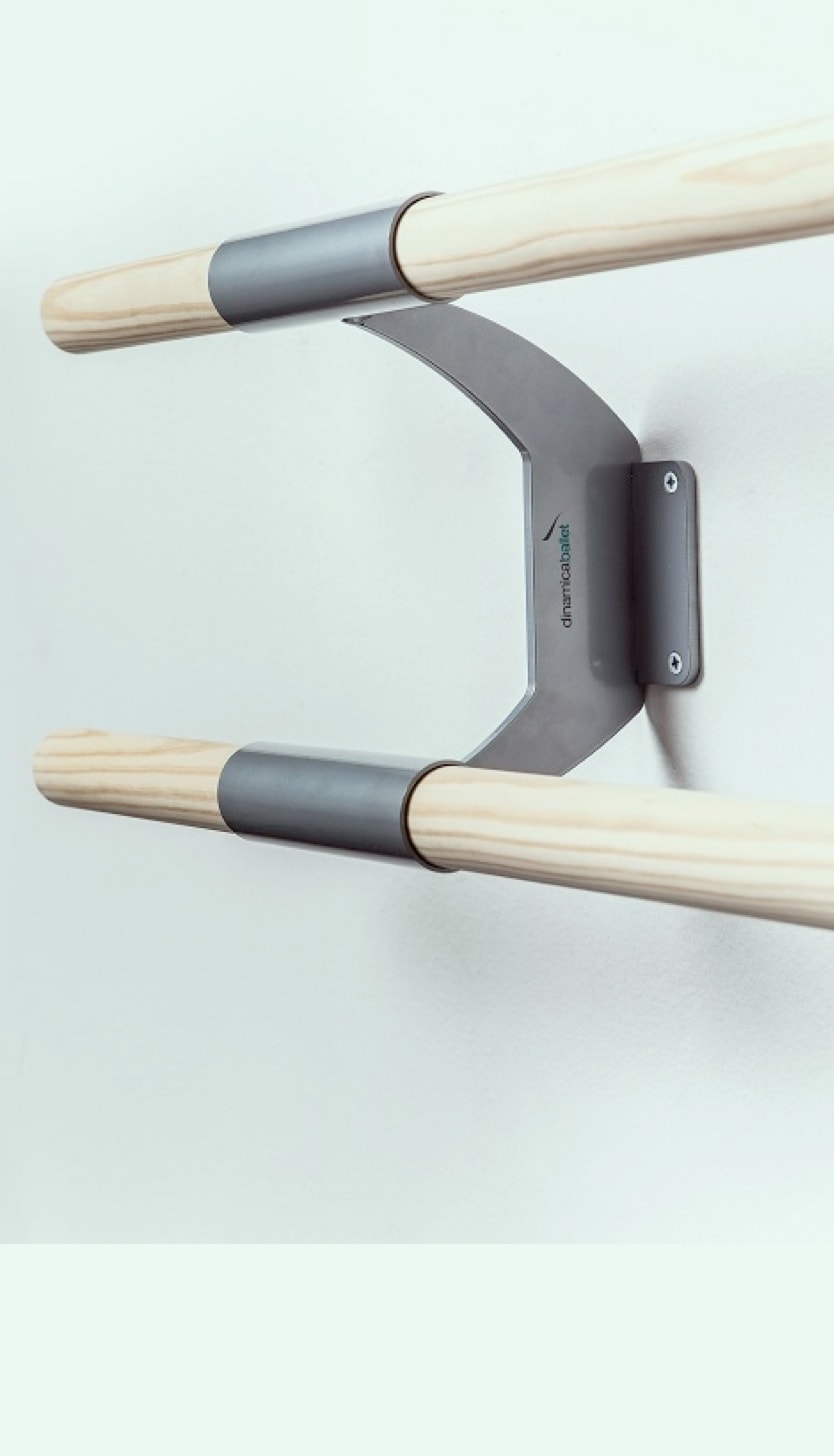Discovering barre: the transformative fusion of ballet, Pilates and yoga

In the world of fitness, emerging disciplines seek to create a comprehensive and effective experience to strengthen the body and take care of health. One of these disciplines is barre, which has been gaining popularity in recent years. Combining elements from ballet, Pilates and yoga through isometric exercises, barre has become an interesting option for those looking to tone the body, work on flexibility and improve body posture.
In the world of fitness, emerging disciplines seek to create a comprehensive and effective experience to strengthen the body and take care of health. One of these disciplines is barre, which has been gaining popularity in recent years. Combining elements from ballet, Pilates and yoga through isometric exercises, barre has become an interesting option for those looking to tone the body, work on flexibility and improve body posture.
Origins and foundations
Barre, as we know it today, had its beginnings in the ’50s, when Lotte Berk, a German dancer, developed a training method that combined ballet with physical rehabilitation exercises. This approach evolved over time, incorporating elements of Pilates and yoga, eventually giving rise to contemporary barre.
The term barre refers to the ballet barre used as the main piece of workout equipment during training sessions. The ballet barre provides support for balance while performing targeted movements designed to work specific muscle groups in a precise and controlled manner.
Benefits of barre
One of the winning points of barre is its ability to offer a full body toning workout. Isometric exercises, characterized by sustained muscle contraction, are essential in this modality and contribute to strengthening and defining the body. Barre is also effective in improving flexibility and physical endurance. Flowing, controlled movements, combined with conscious breathing, help lengthen the muscles and improve the range of motion of the joints. This not only benefits physical performance, but also reduces the risk of injury and improves body posture.

Core principles of barre
Barre is based on a series of fundamental principles that guide the practice and guarantee effective and safe results:
- Control and precision: Every movement in the barre is performed with control and precision, focusing on quality over quantity. This ensures that you work out optimally and minimize the risk of injury.
- Range and stability: Barre exercises seek to achieve a balance between range of motion and stability. This involves working on both strength and flexibility in a balanced way to improve body functionality.
- Mind-body connection: As in yoga, barre emphasizes the mind-body connection through conscious breathing and the precise execution of each movement, promoting relaxation and mental well-being.
- Variation and progression: Although barre is based on specific movements, it includes such a big range of exercises and variations that allows us to adapt the practice to different skill and fitness levels. Additionally, gradual progression is essential to keep on challenging the body and achieve long-lasting results.
Barre is a unique and effective fitness discipline that combines elements of ballet, Pilates and yoga to offer a complete workout that tones the body, improves flexibility and physical resistance and promotes healthy body posture. If you are looking for a fun and challenging way to stay in shape, barre could be the perfect option for you! In our online shop you can find the perfect wall mounted or freestanding ballet barres for practicing this discipline.

